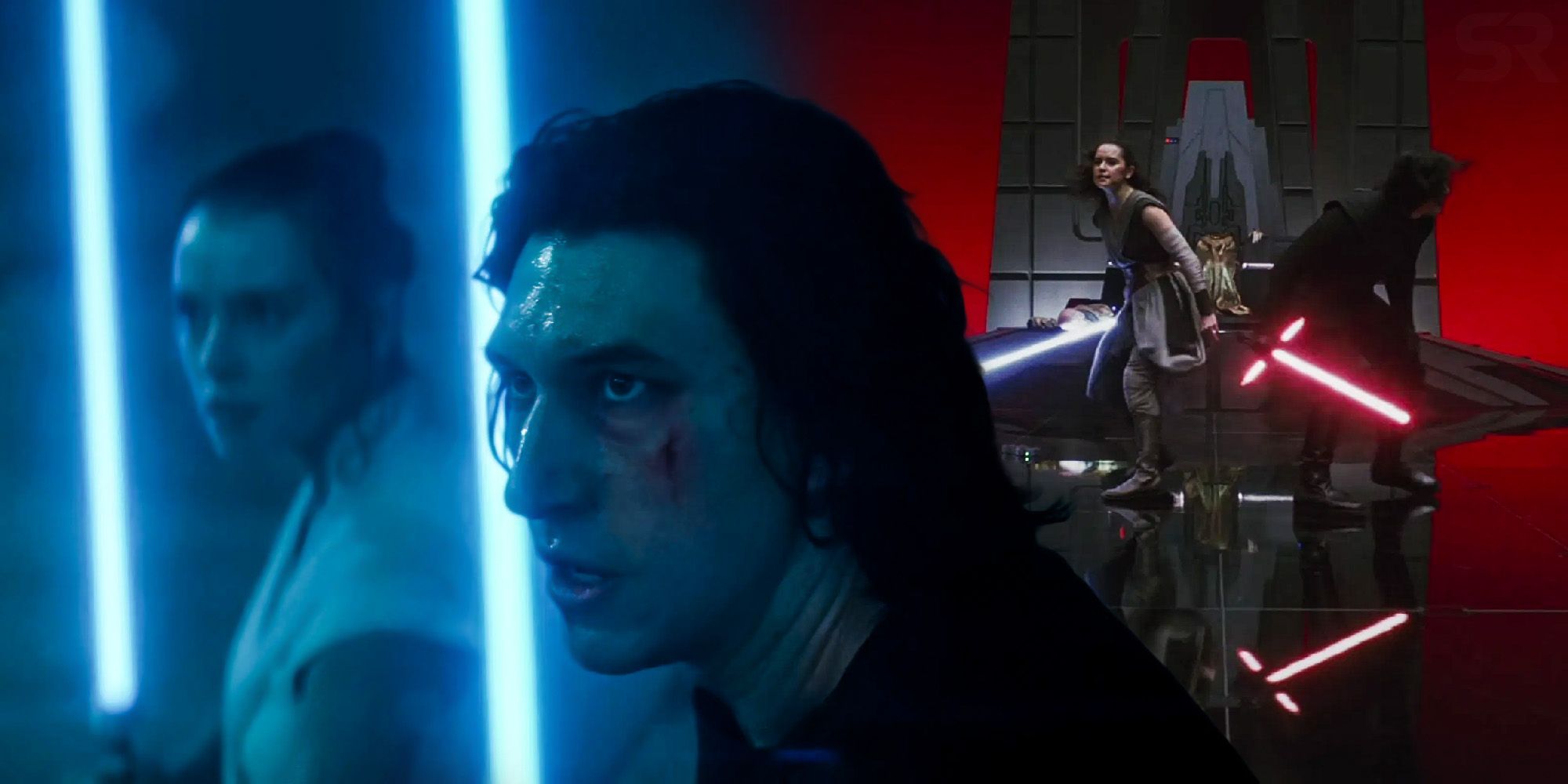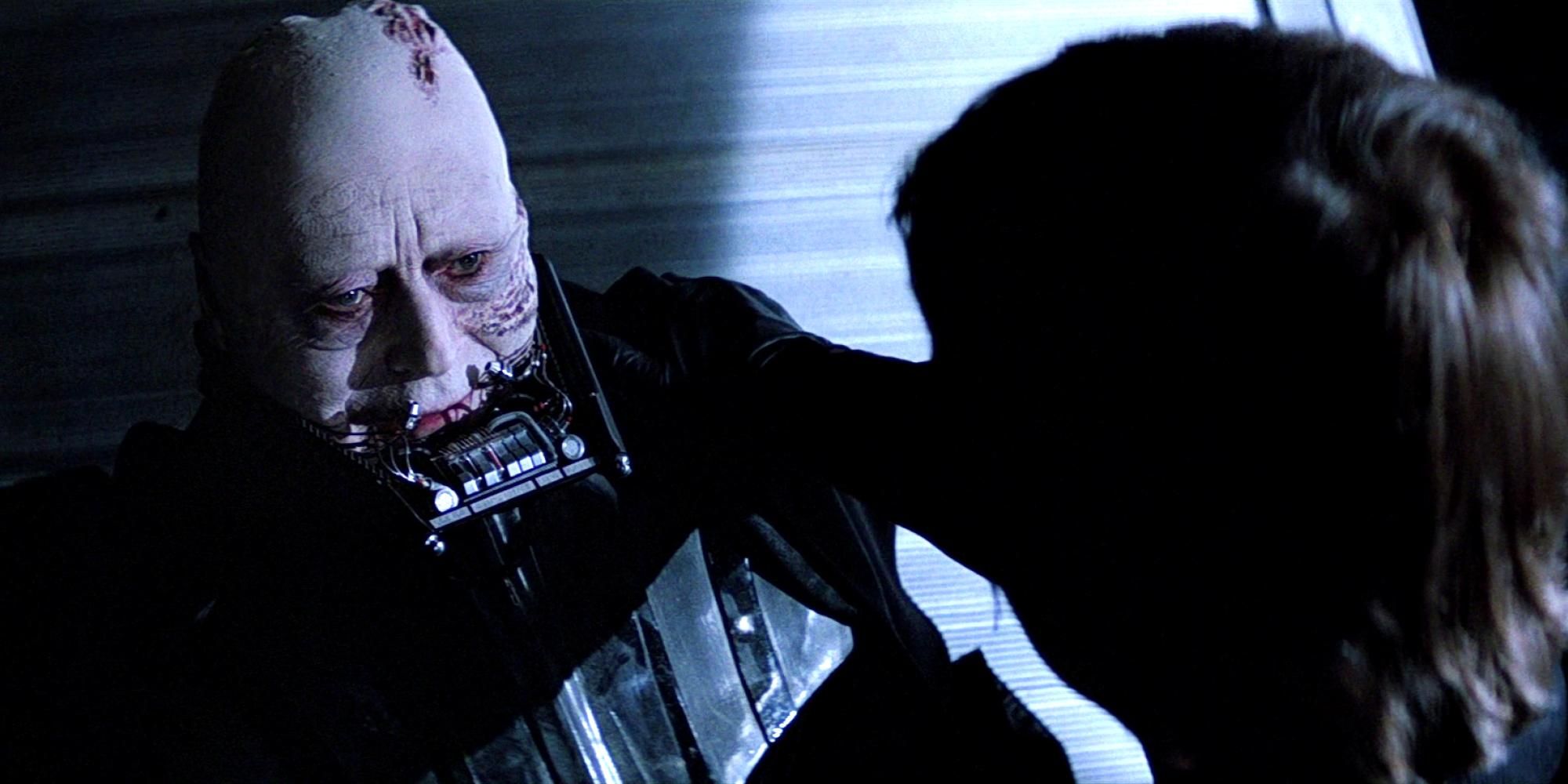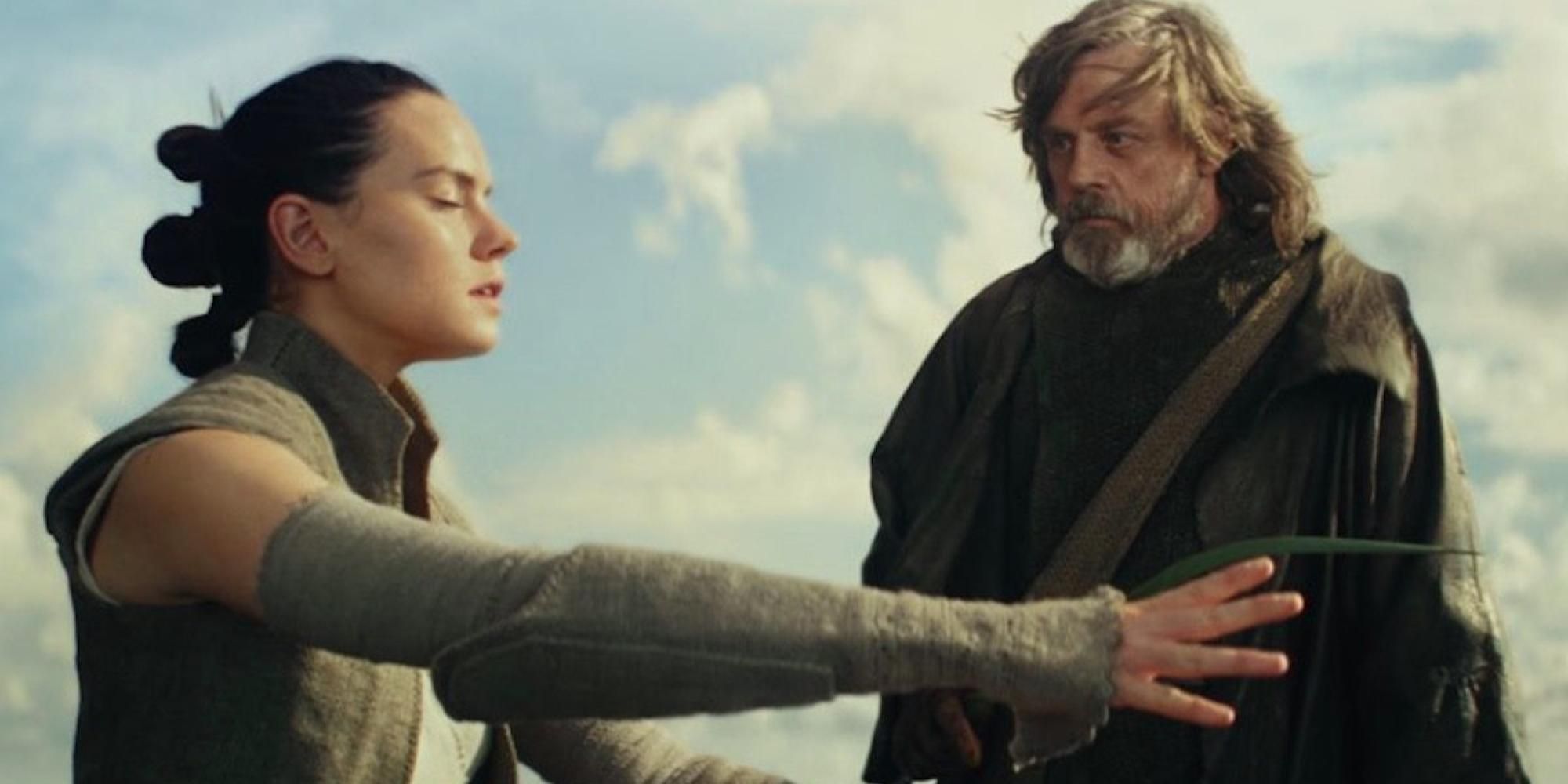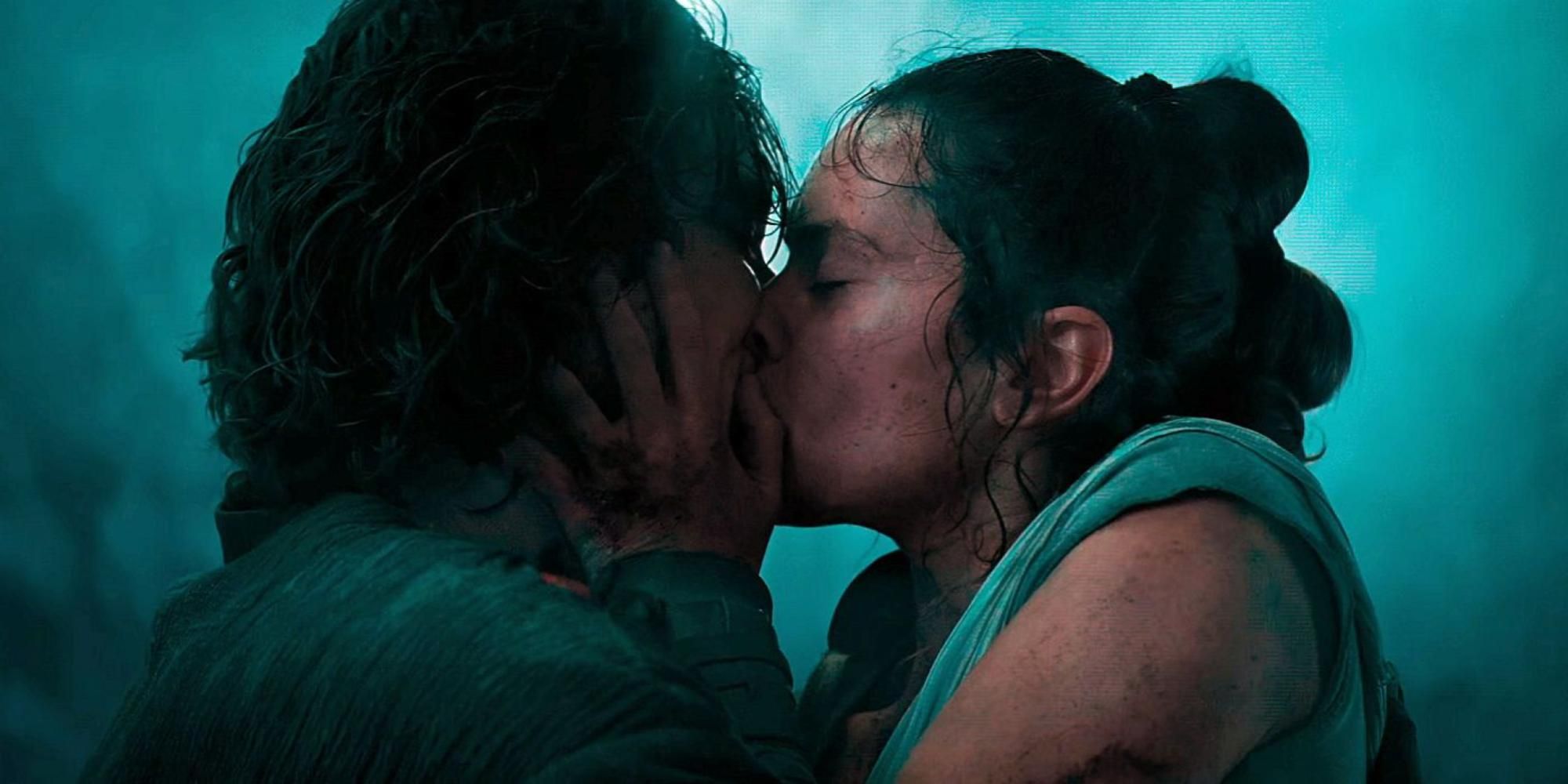Star Wars has always used the phrase “balance in the Force.” Achieving this balance in the Force is the key goal of the heroes throughout the sci-fi film series, and we’re told time and time again that balance in the force is a good thing. However, the recent sequel films, especially Star Wars: The Rise of Skywalker, have changed what balance in the Force really means. By changing such a crucial theme, The Rise of Skywalker affected the impact of the series as a whole.
With this change, it’s no wonder that Star Wars: The Rise of Skywalker was so heavily criticized. Many of the film’s reviewers declared that it was unoriginal and incongruous with the rest of the sequel trilogy. The movie currently has only a 51% on the critic site Rotten Tomatoes, which is a lower rating than any other Star Wars film (except for the despised Holiday Special, which even official Star Wars writers have poked fun at).
To be fair to Star Wars: The Rise of Skywalker, it had the difficult task of wrapping up the entire Skywalker saga. There was never going to be a situation where this movie made everyone happy, but as time goes on, it seems more and more like The Rise of Skywalker failed to make anyone happy. Part of this is because the sequel trilogy diverges from creator George Lucas’s original vision for the series. There are many examples of how the sequels could have benefited from incorporating more of Lucas’s ideas.
However, the most obvious problem with the sequel trilogy and The Rise of Skywalker in particular is its take on “balance in the Force.” Instead of evolving the characters' and audience's understanding of the concept, the Star Wars sequels present the most basic interpretation of the Force dyad, and fail to explore any new themes. Here are some examples of why The Rise of Skywalker’s Force dyad is boring, and how it could have been more interesting.
Balance In The Force Before The Star Wars Sequel Trilogy
The Star Wars sequels treat the dark and light sides of the Force as a battle between good and evil, but the Force wasn’t always presented this way. In the main trilogy, the Force is treated as a tool that everyone has at their disposal. Each character has the choice to use the Force for good or evil, and evil characters have the choice to become good again if they want. This is why Darth Vader’s redemption arc is so important. The Force is brought back into balance when Vader returns to the light and saves his son. The original trilogy’s lesson is pretty simple: anyone can be good or bad - the choice is up to you.
“Balance in the Force” gets a little more complex with the Star Wars prequels and The Clone Wars TV series. The Phantom Menace makes the distinction between the light side and the dark side very clear: Jedi use the light, and Sith use the dark. However, the prequels and The Clone Wars also show that the Jedi aren’t inherently good just because they use the light side of the Force. Throughout The Clone Wars especially, we see examples of the Jedi falling victim to their own arrogance, making bad decisions, compromising their principals, and putting civilians in danger - even though they’re trying to do the right thing. This culminates with Anakin’s descent into evil, which is shown to be just as much the fault of the Jedi's hypocrisy as the Sith's seduction. Star Wars: The Clone Wars is able to show that “balance in the Force” doesn’t mean “the light side is always good;” the Force is more complex than that.
The Sequel Trilogy's Force Dyad Is A Simple Reading Of Balance
The Star Wars sequels, on the other hand, do not present the Force as complex at all. These movies are very focused on “balance in the Force,” but it comes from the most simplistic understanding of what that balance can be. The Force Awakens kicks off the trilogy by introducing Rey and Kylo Ren as representations of the two sides of the Force: Rey as the light, and Kylo as the dark. The sequel trilogy claims that the light and dark always have to be in conflict with each other, and ends by saying that “balance in the Force” is when the light wins.
There are hints of an alternative reading of the Force in the second sequel film, Star Wars: The Last Jedi. Of course, The Last Jedi faced just as much backlash if not more than The Rise of Skywalker, but when comparing the two, The Last Jedi has some more interesting themes going on. Most important is the theme of hybridity between the two sides of the Force, something that we haven’t seen from many other Star Wars films. This is represented through hints of Kylo Ren’s gradual movement away from the dark side of the Force and Rey's movement toward it.
After fighting Snoke’s guards with Rey, Kylo turns to Rey and offers her the chance to join him in creating a new order that is neither Sith nor Jedi. What Kylo is proposing is creating a third space in the Force, a hybrid of light and dark. This is reminiscent of the Gray Jedi from Knights of the Old Republic, who walk the line between the dark and light sides of the Force. The video game Star Wars: Knights of the Old Republic is currently considered non-canon, but the ideas from it could be easily folded into Star Wars canon. The idea of a third space in the Force is extremely engaging, because it points back to the main theme of the original trilogy: people don’t exist in binaries of good or bad, but are capable of both.
Balance in The Force Hurt The Star Wars Sequel Trilogy
Unfortunately, Star Wars: The Rise of Skywalker did not build on the ideas that The Last Jedi presented. Almost immediately, the story returns to saying “Jedi always good, Sith always bad.” This is most obvious in the cringe-worthy final battle scene when Palpatine says “I am all the Sith” and Rey responds “I am all the Jedi.” Everything is very black and white in this scene; Rey is good, Palpatine is bad, and Kylo dies so the movie doesn’t have to address any of the moral ambiguity he represents. We don’t get to see Rey and Kylo create a new space for themselves in the Force; they’re just reprising the Jedi’s greatest hits.
Obviously, Star Wars: The Rise of Skywalker had a wealth of wasted opportunity. Instead of creating an incoherent story that steals plot points from Return of the Jedi and doesn’t understand the themes of the original trilogy, Disney could have created a meaningful conclusion to the Skywalker saga that presented the Force in a new and interesting way. Instead, it puts the focus on Rey vs. the Sith, which is unoriginal and challenges no one.
There is some hope for a more complex reading of the Force in future Star Wars content. Simu Liu, star of Marvel’s Shang-Chi, has previously stated his desire to play a Gray Jedi in a Star Wars film. And now that the Skywalker saga is (supposedly) wrapped up, Disney has the opportunity to explore new stories and redefine the Force with its upcoming projects. There’s certainly no telling as to whether Disney will actually be able to succeed at making Star Wars interesting, but here’s hoping that they’ll try.




